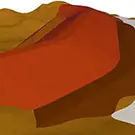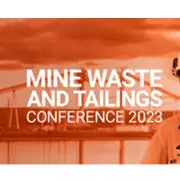The development of resource projects has typically focused on the commodities of interest with minimal attention to the creation of water quality liabilities that future mining activities may create after mine closure. This practice is not unreasonable given the focus of resource development is to mine the target commodity for a profit. However, the economic evaluation of a project may not be complete if the liabilities to water quality (among other liabilities from geotechnical to mineral recovery) are omitted. By looking at the resource more holistically with the same scrutiny as the commodity, the entire area needing development such as waste rock, future pit walls, borrow areas, tailings, etc, can be optimized from a cost and risk perspective for the entire lifecycle of a mine. To achieve this holistic project development, better collaboration between various project development groups from exploration, metallurgy, and mine planners (among others) needs to occur. Potential benefits to this approach are provided through two case studies from Agnico Eagle’s portfolio of projects. The first example is the use of block model development for waste rock and pit walls, and the second example is a cost comparison of closing the Eagle-Telbel (Joutel) mine with previous practices and current leading practice. Outcomes include reductions of waste handling by at least 30%, lowering long term water quality liabilities, and overall cost reduction at closure in the tens of millions of dollars. These costs savings may seem small compared to total project costs, but they are significant due to their timing when zero revenue generation from the project is occurring and after NPV discount rates no longer minimize cost impact to the business.




20230531140819105.webp)